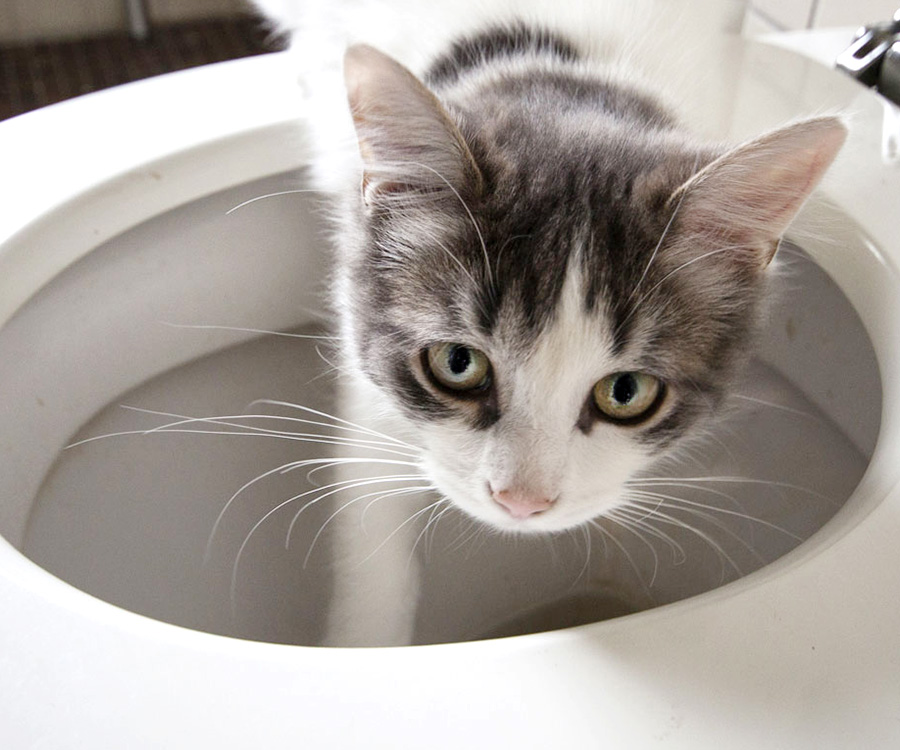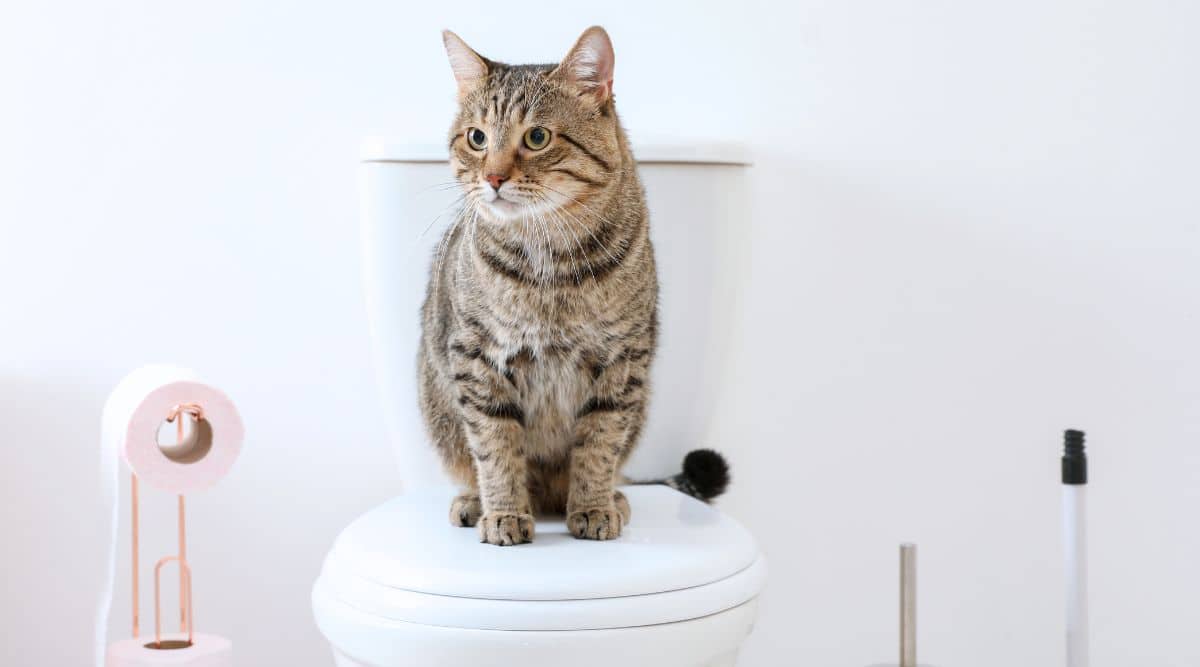Potential Risks of Flushing Cat Poop Down Your Toilet - Tips for Safer Disposal
Potential Risks of Flushing Cat Poop Down Your Toilet - Tips for Safer Disposal
Blog Article
Listed here below you can locate a good deal of outstanding material all about Can You Flush Cat Poop Down The Toilet?.

Intro
As pet cat proprietors, it's vital to bear in mind exactly how we take care of our feline close friends' waste. While it might appear hassle-free to flush feline poop down the commode, this practice can have damaging effects for both the environment and human health and wellness.
Alternatives to Flushing
The good news is, there are safer and a lot more liable ways to get rid of pet cat poop. Consider the following alternatives:
1. Scoop and Dispose in Trash
The most typical approach of disposing of cat poop is to scoop it into a naturally degradable bag and toss it in the garbage. Be sure to use a devoted trash scoop and take care of the waste promptly.
2. Use Biodegradable Litter
Choose naturally degradable feline trash made from products such as corn or wheat. These clutters are eco-friendly and can be securely taken care of in the garbage.
3. Hide in the Yard
If you have a lawn, think about hiding feline waste in an assigned location away from vegetable gardens and water sources. Be sure to dig deep enough to prevent contamination of groundwater.
4. Install a Pet Waste Disposal System
Buy a pet garbage disposal system specifically designed for cat waste. These systems use enzymes to break down the waste, minimizing smell and ecological impact.
Health Risks
In addition to ecological problems, purging cat waste can additionally pose health threats to human beings. Feline feces might contain Toxoplasma gondii, a parasite that can create toxoplasmosis-- a potentially serious health problem, specifically for expectant women and individuals with weakened immune systems.
Environmental Impact
Purging pet cat poop introduces hazardous microorganisms and parasites into the water system, presenting a considerable threat to marine ecosystems. These contaminants can adversely influence aquatic life and concession water high quality.
Final thought
Accountable family pet ownership prolongs beyond offering food and shelter-- it also involves proper waste management. By refraining from purging pet cat poop down the commode and selecting alternate disposal techniques, we can reduce our environmental footprint and shield human wellness.
Why Can’t I Flush Cat Poop?
It Spreads a Parasite
Cats are frequently infected with a parasite called toxoplasma gondii. The parasite causes an infection called toxoplasmosis. It is usually harmless to cats. The parasite only uses cat poop as a host for its eggs. Otherwise, the cat’s immune system usually keeps the infection at low enough levels to maintain its own health. But it does not stop the develop of eggs. These eggs are tiny and surprisingly tough. They may survive for a year before they begin to grow. But that’s the problem.
Our wastewater system is not designed to deal with toxoplasmosis eggs. Instead, most eggs will flush from your toilet into sewers and wastewater management plants. After the sewage is treated for many other harmful things in it, it is typically released into local rivers, lakes, or oceans. Here, the toxoplasmosis eggs can find new hosts, including starfish, crabs, otters, and many other wildlife. For many, this is a significant risk to their health. Toxoplasmosis can also end up infecting water sources that are important for agriculture, which means our deer, pigs, and sheep can get infected too.
Is There Risk to Humans?
There can be a risk to human life from flushing cat poop down the toilet. If you do so, the parasites from your cat’s poop can end up in shellfish, game animals, or livestock. If this meat is then served raw or undercooked, the people who eat it can get sick.
In fact, according to the CDC, 40 million people in the United States are infected with toxoplasma gondii. They get it from exposure to infected seafood, or from some kind of cat poop contamination, like drinking from a stream that is contaminated or touching anything that has come into contact with cat poop. That includes just cleaning a cat litter box.
Most people who get infected with these parasites will not develop any symptoms. However, for pregnant women or for those with compromised immune systems, the parasite can cause severe health problems.
How to Handle Cat Poop
The best way to handle cat poop is actually to clean the box more often. The eggs that the parasite sheds will not become active until one to five days after the cat poops. That means that if you clean daily, you’re much less likely to come into direct contact with infectious eggs.
That said, always dispose of cat poop in the garbage and not down the toilet. Wash your hands before and after you clean the litter box, and bring the bag of poop right outside to your garbage bins.
https://trenchlesssolutionsusa.com/why-cant-i-flush-cat-poop/

I'm just very taken with Can You Flush Cat Poo or Litter Down the Toilet? and I really hope you enjoyed the entire article. I beg you set aside a second to promote this blog if you enjoyed it. Thanks so much for going through it.
Click Here To Read More Report this page